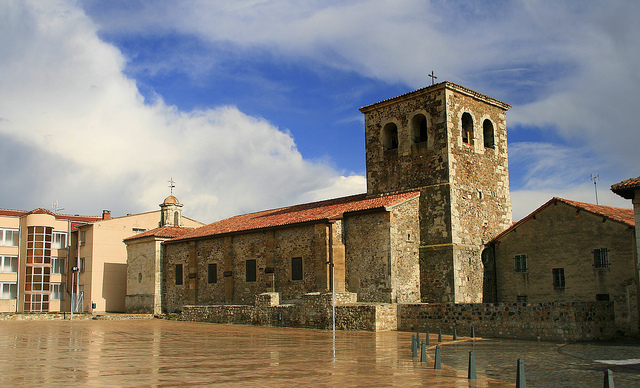Albacete is the capital city of the province of the same name, and is one of the largest cities in the region of Castille-La Mancha. The earliest known references to Albacete can be found in Muslim references dating from 744AD. These writings refer to a small fortress and town known as “Al-Basit”. No remains of “Al-Basit” have lasted to today, and most of the buildings in Albacete date from the late middle ages, when Albacete began to grow, both in population and importance.
Known worldwide for its cutlery and Saffron production, the city of Albacete is currently comprised of the picturesque old upper town, and the new, or lower town, with buildings dating after the city become the provincial capital in 1833.
One of the most noteworthy attractions to Albacete, and a building no visitor should miss, is the Cathedral of San Juan Bautista. Construction began in 1515, with an evident Gothic conception although with countless details of the transition to the baroque. The interesting thing to note about this Cathedral, however, was that construction was not finished until the 20th century. More than 400 years of construction allow visitors to view a veritable treasure chest of architectural history. Worth noting are the four large Renaissance columns, the remarkable vestry dating to the 16th century, and the Chapel of the Virgin of Los Llanos, with a very odd vault of intersecting ribs with a lantern. In this chapel there is an interesting Renaissance altarpiece and six panels by the Master of Albacete, a painter trained in Valencia and connected with the famous Yáñez de Almedina.
The cathedral also houses other interesting works of art like an anonymous panel from the 16th century that represents the Trial of the Souls, a baroque panel of the Virgin of the Start and a beautiful mannerist mostrance made in 1581. This church became a cathedral when the Diocese was established in 1.949. The tower was built in the first part of the 20th century, and the bells were set in 1.948.
Another religious building that should not be missed on a visit to Albacete is the Monastery of the Encarnación, from the 16th century, currently housing the Centro Cultural (Cultural Center) of the city. This church still has a magnificent copper ceiling with octagonal hollows and a two parts cloister.
The lodging house of the rosario, in Tinte Street, is the most noteworthy civil work and currently houses the Tourism Office along with other local government offices. This building has an odd construction of a mixture of styles: Gothic, Renaissance and Mudejar.
During the 18th century, there were several mansions built in the Albacete. The only one these structures to survive is the house of Perona, which has a high dome over a tambour of glazed tiles, features from the eastern coast and a sober façade with shelters.
The modernism of the early 20th century appears in different places and public buildings. The most characteristic among them is the Pasaje de Lodares, between High Street and Tinte Street. This building one of the most typical sites in the city.
No visitor to Albacete should miss the Museum of Albacete, located in the park of Abelardo Sánchez. This building, built in the late 1960s, owns an exceptional collection divided into three sections: Archaeology, Fine Arts and Ethnology. Some examples of the works contained in this museum are the famous articulated dolls from the Roman necropolis of Ontur, made of amber and ivory. The Iberian-Roman head of El Tolmo; the sword of La Hoya, the lion of Bienservida and the Iberian hind of Caudete. In addition, there is a wonderful collection of paintings by Benjamín Palencia and a beautiful Cross of Término, possibly of the late 15th century. It was located in a roadside shrine, in the entrance of Albacete, close to the old Door of Chinchilla until the 19th century.



